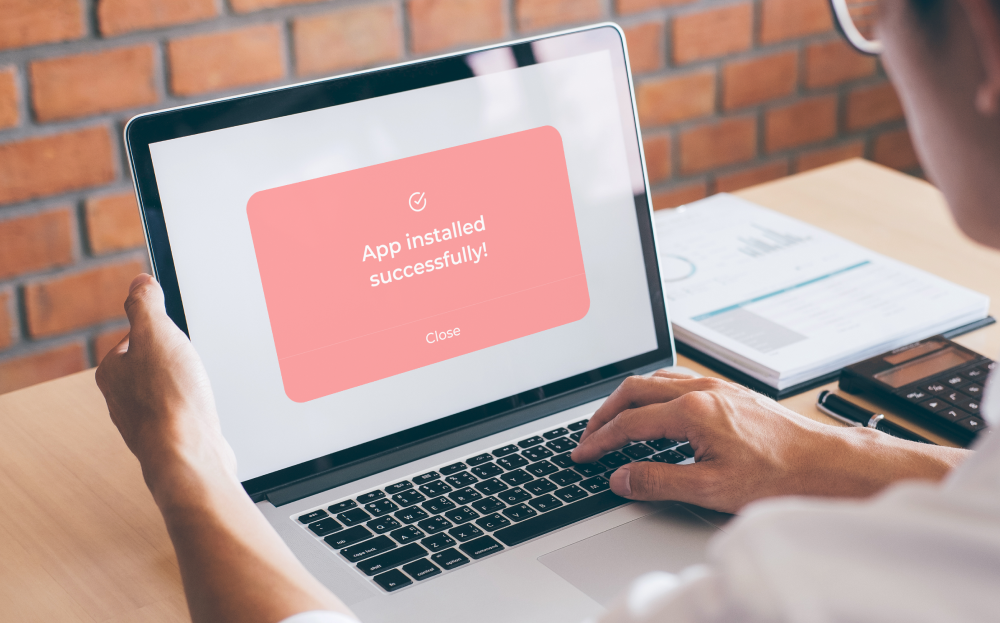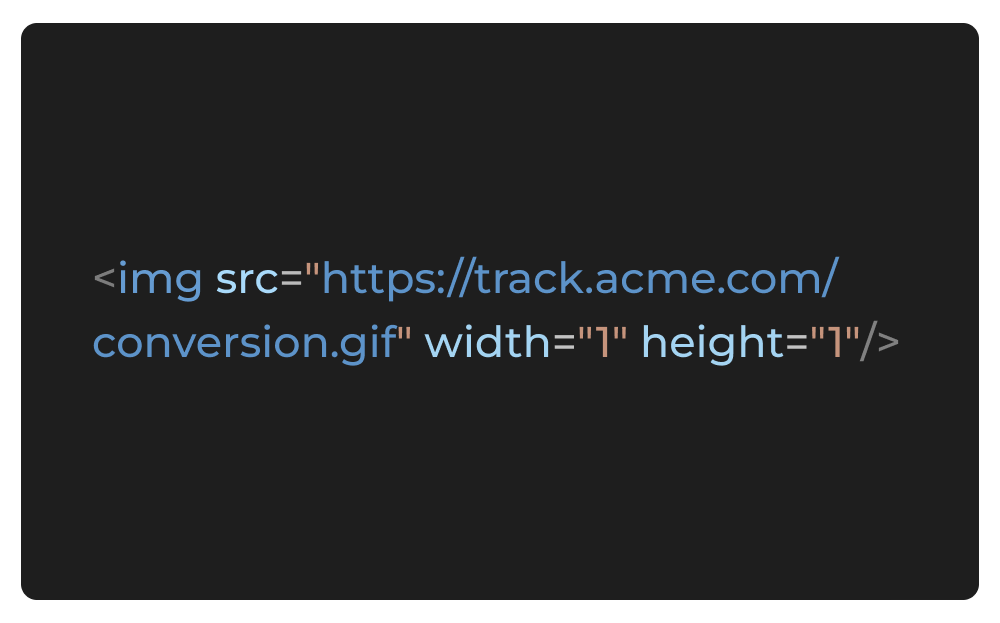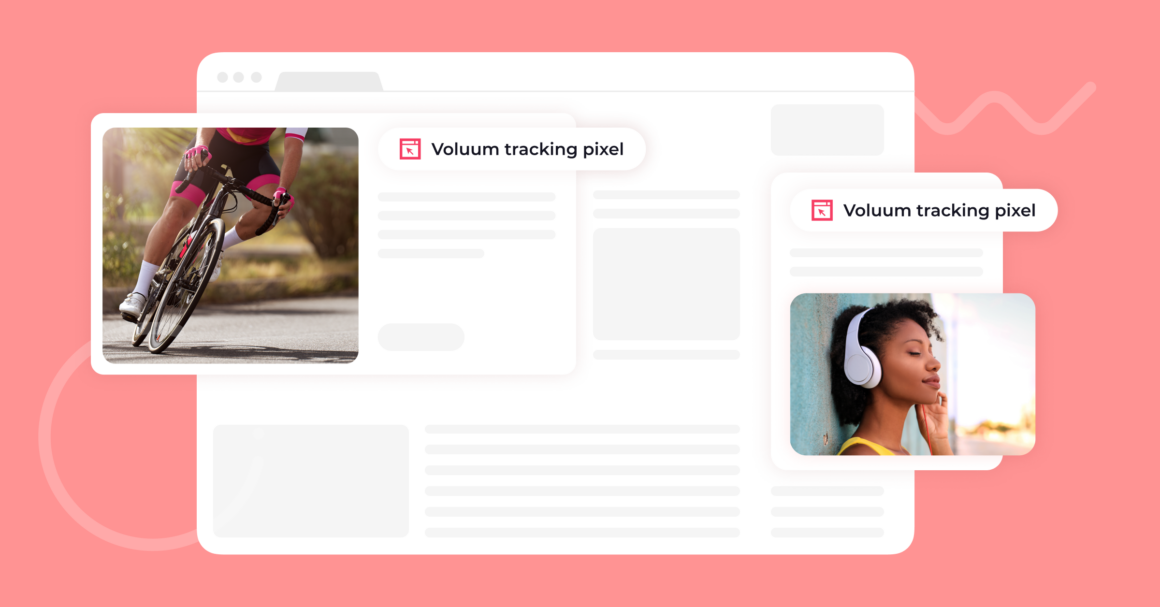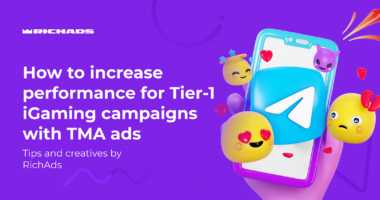The benefits of using an ad tracker in digital marketing campaigns are mentioned everywhere: more data, detailed analysis, plus some AI or automation features. But one of the most important benefits is rarely mentioned, be that because it is not that flashy or because it is so obvious that avid tracker users don’t remember what life without a tracker looks like.
The reality of trackers is that they help manage tracking pixels and postbacks, and connect all parts of the funnel with one script or link, instead of many. This makes life easier for:
- Marketers that can connect new sources of traffic without editing the offers or without juggling tracking tokens that pass a unique click ID
- Agencies, which can present a tracking link or pixel with their brand domain
- Facebook or Google Advertisers that can make their campaigns immune to 3rd party cookie block with Voluum’s pixels using 1st party cookies
So, let’s take a look at how exactly a tracker’s single pixel solution works and how it solves more problems than you think.
One Pixel to Rule Them All
Everyone tracks – traffic sources, affiliate or partnership networks, analytics software connected to marketer’s own web pages. But they only care about one part of the picture: the one that is important to them.
Traffic sources don’t particularly care about marketers’ successes. They want them to keep buying traffic. Affiliate networks only care about conversions, they don’t ask how much you paid for traffic to get a conversion. Partnership trackers are only about partners efficiency while analytics software such as Google Analytics maybe would like to track everything but doesn’t have the means to track 3rd party offers.
Ad trackers are in a position to be your single source of truth.
Let’s revise how ad trackers work.
To record all data, they need information from every part of a campaign funnel. So their tracking technology has to involve offers, landers and traffic sources – elements that are sometimes operated by third parties and sometimes run by a marketer themselves.
Benefit 1: One Tracking solution
Voluum supports two conversion tracking methods: pixel and postback. A conversion tracking pixel is used to record conversions from offer pages that can be edited. The important thing is that this pixel looks the same on all offers. It is not generated separately for each offer but is available globally.
To know which click on an ad caused a conversion and which campaign this belongs to, the Voluum conversion tracking pixel looks for click ID data set by Voluum earlier.
So an agency or a solo marketer can implement a conversion tracking script to their offer pages once – or even use Google Tag Manager for that – and then they can use this offer in various campaigns that get traffic from different traffic sources.
It’s a similar deal with postbacks – a solution widely supported by affiliate networks. Without a tracker, a marketer would have to manage postbacks and offer tracking links to make sure that they added the correct tracking tokens for passing a unique click ID. With Voluum, marketers get a postback that is always set up correctly, thanks to a variety of affiliate network templates with tracking tokens configured.
The icing on the cake: you can use postbacks for reporting conversions from your own offers without a costly postback-firing solution. You can use Google Tag Manager for that, ask your account manager for details. Postbacks are usually more reliable, since they are not cookie-dependent and are less likely to be blocked.

The military has a whole class of missiles called “fire and forget”. This is a similar philosophy to Voluum pixels – “Set up once and forget”. No error-prone editing of web pages code because you have a new client or want to try a new source of traffic.
Benefit 2: Better conversion tracking
Google or Facebook also have their pixels that are used to track various events on websites. Their pixels are prevalent. But many people, including marketers, have no idea what the limitations of their pixel tracking technology are.
- Conversion attribution window. The length of this window varies and lasts 30 days for Google Ads, 7 days for Facebook, 180 days for Voluum. This means that Voluum will more correctly attribute a conversion to the original click for far longer than the two advertising giants.
- Cookie-safe tracking. All tracking pixels use cookies but Google and Facebook’s rely on 3rd party cookies which are already often blocked due to privacy reasons and are supposed to be completely blocked in 2024. Voluum tracking pixels can be set up to rely on 1st and 3rd party cookies, and the former are never blocked.

Benefit 3: Branded Pixels
Voluum gives each account owner a unique tracking domain but also gives an option to use a custom domain for tracking purposes. You just create a subdomain for tracking and then a CNAME record for this subdomain that points to Voluum dedicated domain and add this custom subdomain to Voluum.
This has several benefits: firstly, it protects the Voluum dedicated domain from getting banned, secondly, it allows for 1st party cookie setup with a redirect method, and thirdly, it allows using brand domains.
If your agency is called ACME and you have the acme.com domain registered, you can create a special subdomain for tracking – for example track.acme.com. Then if an offer owner comes to you, you give them a tracking pixel that looks like this:

This looks far more professional than a randomly generated name of a Voluum dedicated domain. You can also create tracking pixels that use the domain of the offer. This way your tracking links look credible to the visitor and this setup ensures 1st party cookie tracking.
Benefit 4: Custom Event Tracking
Voluum offers an option to differentiate between various conversion types. Marketers often assign different values to different conversion types and with a simple tick on a checkbox they may decide whether they want this conversion type to be sent back to a traffic source.
Voluum can pass conversion data to traffic sources using postbacks or pixels but will only pass those custom conversions that have the special option ticked.
The Benefits Of Tracking Go Beyond Just Tracking

Trackers occupy a unique position in campaign funnels and because of that can add a significant value to all advertisers. It’s not only numbers and features, it’s also about how trackers have to operate in general.
They make managing various elements of campaign funnels as easy as shuffling Lego bricks. Want to use an offer with another source of traffic? Click it to add it to a new campaign. Want to give a tracking pixel to a client? Just copy the Voluum conversion pixel and send them over with your brand domain in.
A tracker allows you to focus on what’s important: strategy of advertising, building relationships with clients or partners, testing new angles. They simply help you be a better entrepreneur.



